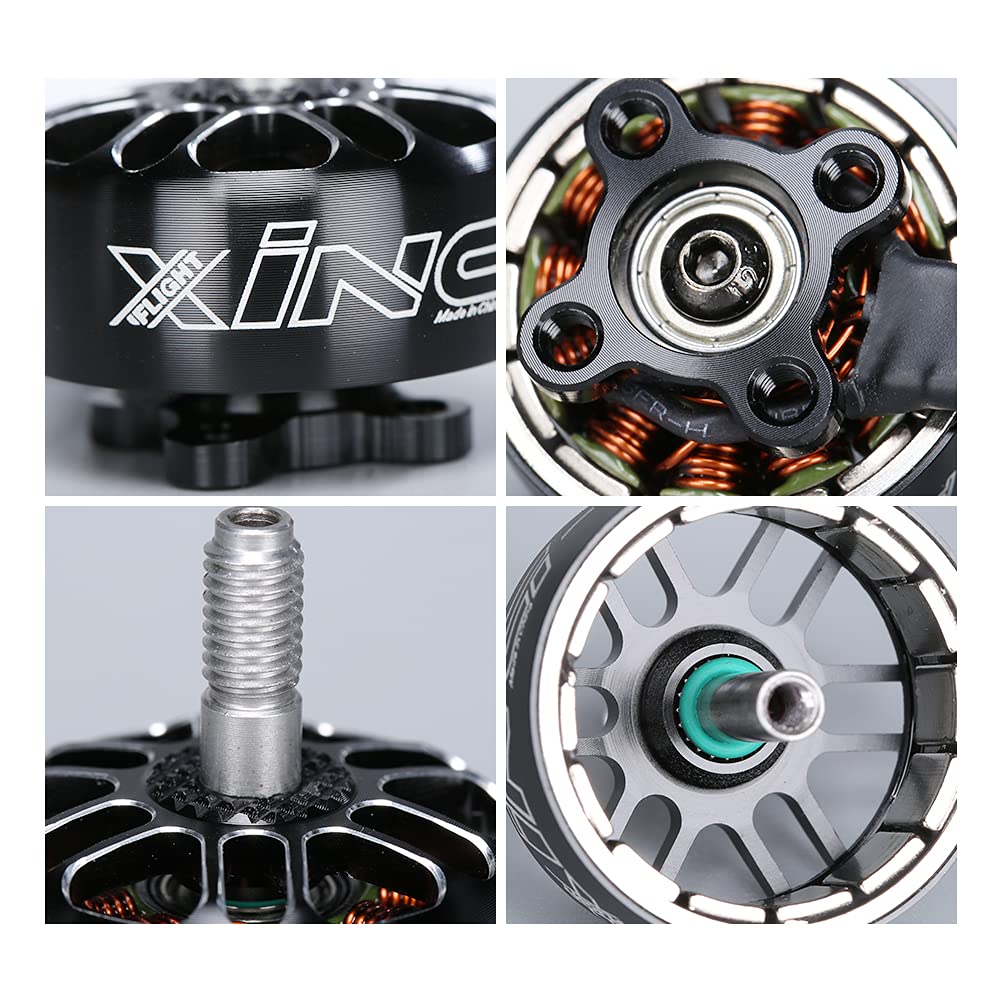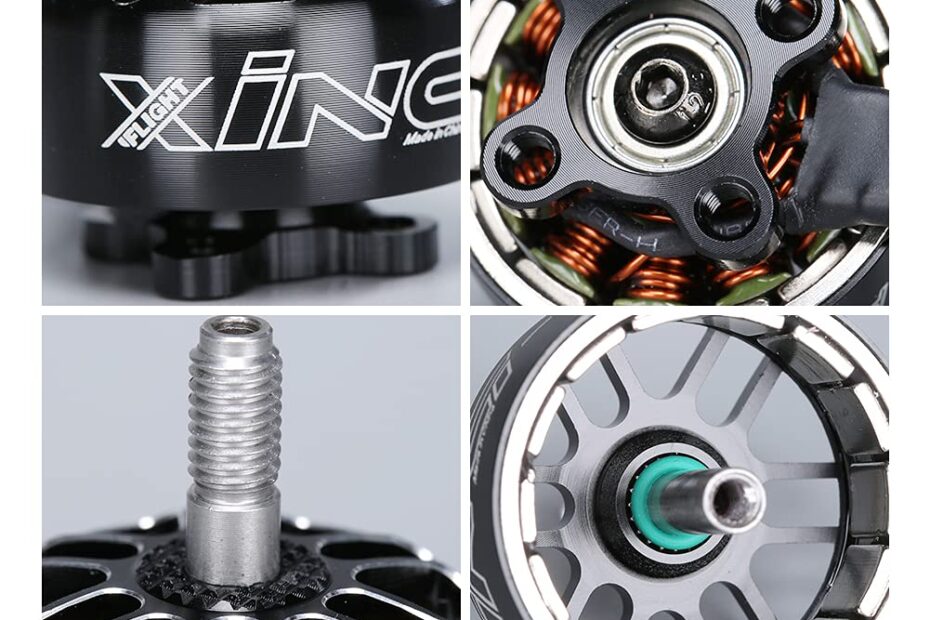When it comes to drones, the motors are the unsung heroes that power these aerial marvels. Understanding how drone motors work and their role in flight is essential for every drone enthusiast. In this blog post, we’ll delve into the intricacies of drone motors, decode their inner workings, and explore their significance in keeping your drone airborne.
The Basics of Drone Motors
1. Brushed vs. Brushless Motors:
- Brushed Motors: These motors use brushes to conduct electrical currents and are typically found in entry-level drones. While cost-effective, brushed motors tend to be less efficient and have a shorter lifespan.
- Brushless Motors: Brushless motors employ electronic commutation to generate motion. They are more efficient, reliable, and durable than brushed motors, making them the preferred choice for high-performance drones.
2. Core Components:
- Stator: The stationary part of the motor that contains coils of wire.
- Rotor: The rotating part of the motor that houses magnets.
- Bearings: Bearings support the rotor shaft, allowing smooth rotation.
- ESC (Electronic Speed Controller): ESCs regulate the speed and direction of the motor by adjusting the voltage and current supplied to it.
How Drone Motors Work
1. Electromagnetic Principles:
Drone motors operate on the principles of electromagnetism. When an electric current passes through the coils of the stator, it generates a magnetic field. This magnetic field interacts with the magnets on the rotor, causing it to rotate.
2. Three-Phase Power:
Most drone motors use a three-phase power system, where the current flows through three sets of coils in a sequence. This creates a rotating magnetic field, which propels the rotor in a continuous motion.
3. Control and Regulation:
The speed and direction of the motor are controlled by the ESC. By varying the timing and intensity of the electrical pulses sent to the motor, the ESC regulates the motor’s rotational speed and direction.

The Importance of Motor Specifications
1. Kv Rating:
Kv rating refers to the motor’s RPM per volt when there’s no load. Motors with higher Kv ratings spin faster but may consume more power and generate more heat. Lower Kv motors offer better efficiency and torque but may sacrifice speed.
2. Power Output:
The power output of a motor determines its lifting capacity and overall performance. Higher-powered motors are capable of lifting heavier payloads and maintaining stability in adverse conditions.
3. Propeller Compatibility:
Matching the motor’s specifications with the appropriate propeller size and pitch is crucial for optimal performance. Using mismatched propellers can strain the motor and lead to inefficiency or overheating.
Maintaining Drone Motors
1. Regular Inspection:
Inspect the motors regularly for signs of wear, damage, or debris accumulation. Clean the motors and bearings as needed to ensure smooth operation.
2. Proper Cooling:
Adequate cooling is essential to prevent motors from overheating during prolonged flights. Ensure proper airflow around the motors and consider using heat sinks or motor cooling accessories if necessary.
3. Avoid Overloading:
Avoid overloading the motors by exceeding their maximum payload capacity. Distribute the payload evenly across the drone to maintain balance and minimize strain on individual motors.
Conclusion
Drone motors are the beating heart of every UAV, driving its flight and performance. By understanding the fundamentals of drone motors and their role in flight, you can make informed decisions when selecting, operating, and maintaining your drone. So the next time you take to the skies, remember to appreciate the silent powerhouses that keep your drone aloft.

